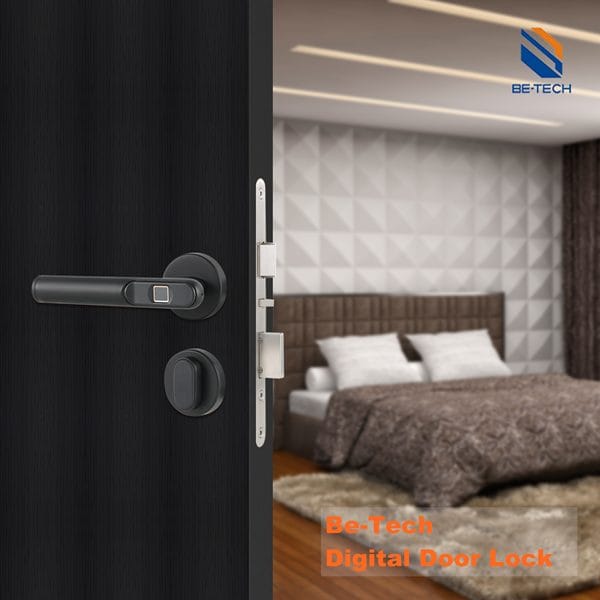Digital combination locks are transforming the landscape of security by providing keyless access solutions that cater to various applications. Understanding these locks is essential for anyone looking to enhance their security measures at home or in business settings. This article delves into the definition, applications, benefits, and usage of digital combination locks while integrating relevant product recommendations from Be-tech.
Definition of Digital Combination Lock
A digital combination lock is an electronic locking device that operates using a numerical code or password entered via a keypad or touchscreen interface. Unlike traditional locks that rely on physical keys, these locks utilize electronic mechanisms to secure doors, safes, lockers, and other enclosures. They can be programmed with multiple codes, allowing for easy access management.

Applications of Digital Combination Lock
Digital combination locks are utilized in various contexts:
- Residential Security: Homeowners use these locks for front doors, garages, and gates to enhance security without the hassle of carrying keys.
- Commercial Use: Businesses employ them for securing offices, storage areas, and equipment, providing easy access for employees while restricting unauthorized entry.
- Hotels and Hospitality: Many hotels implement digital locks for guest room doors, allowing guests to enter using personalized codes or mobile keys.
- Fitness Centers and Spas: Lockers equipped with digital combination locks enable users to secure their belongings during workouts or spa visits.
Be-tech’s smart locks exemplify this versatility by integrating clipboard functionality for seamless data transfer during setup.
Benefits and Features
Digital combination locks offer numerous advantages:
- Enhanced Security: They are less susceptible to picking or bumping compared to traditional locks.
- Convenience: Users can easily change codes without needing to replace the entire lock system.
- Accessibility: Many models allow for temporary codes, perfect for guests or service personnel.
- Integration with Smart Technology: Some digital locks can connect to smartphones or home automation systems for remote access control.
For instance, Be-tech’s electronic hotel card lock systems provide advanced security features tailored for the hospitality industry.
How to Use Digital Combination Lock
Using a digital combination lock typically involves the following steps:
- Set Up the Lock:
- Follow the manufacturer’s instructions to program your desired access codes.
- Ensure you remember the codes or store them securely.
- Locking Mechanism:
- To lock the door, simply close it; many models automatically engage when shut.
- Unlocking:
- Enter your code on the keypad or use a mobile app if applicable.
- Ensure the code is entered correctly; most systems will reset after several failed attempts.
- Maintenance:
- Regularly check battery levels (if applicable) and clean the keypad to ensure functionality.
Be-tech devices often include intuitive interfaces that enhance user experience through features like clipboard integration for easier setup.
Common Misconceptions
Despite their growing popularity, several misconceptions about digital combination locks persist:
- Misconception 1: Digital locks are easily hackable.
- Fact: While no system is entirely immune to hacking, reputable manufacturers implement robust encryption protocols to protect against unauthorized access.
- Misconception 2: They require complicated installation.
- Fact: Most digital locks are designed for easy DIY installation with standard tools.
Conclusion
Digital combination locks represent a significant advancement in security technology. Their versatility across different applications makes them an ideal choice for anyone looking to enhance safety without sacrificing convenience.
Understanding their functionalities and benefits can empower users to make informed decisions about their security needs. For those interested in exploring more about these innovative solutions, consider checking out Be-tech’s extensive range of products designed to meet modern security demands.









